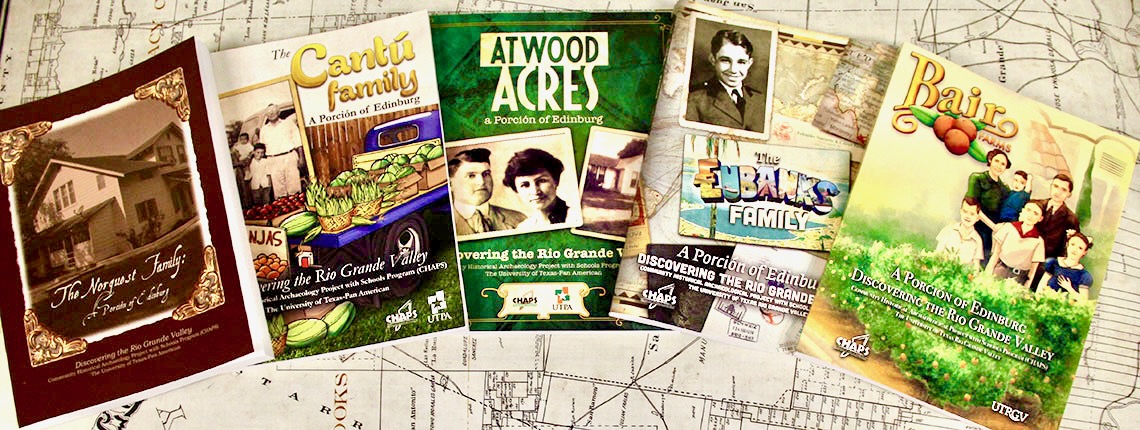
Community Historical Archaeology Project with Schools (CHAPS) Publications
Files
Download Full Text (9.5 MB)
Creation Date
2017
Description
Today the citizenry of Edinburg lives in a bi-lingual, bi-national, and bi-cultural environment of Spanish- and English-speaking peoples. Were we to travel back eighty years to the 1930s and visit the ice houses, packing sheds, cotton gins, and streets of Edinburg it would not be unusual to hear people being greeted in a cacophony of languages- “Good Day,” “Buenos días (Spanish),” “Dzień dobry (Polish),” “Guten Tag (German),“ “God dag (Swedish),” and “Goede dag (Flemish).” Through the social process known as “chain migration” friends and family will learn of opportunities and then follow previous migrants to the new community. In this study we learn of Camiel Roegiers, a Flemish-speaking Belgium national who, as a “bird of passage,” makes three trips to the United States at the beginning of the twentieth century to work and live in Texas, Virginia, Kansas, and ultimately Edinburg, Texas. Along the way he was joined by his siblings, and in-laws.
Physical Description
.PDF, 252 Pages, Illustrations, Maps, Photographs, Genealogical tables
Recommended Citation
The University of Texas Rio Grande Valley. Community Historical Archaeology Project with Schools Program (CHAPS); Araiza, Annaiz; Cantu, Stephen; Chavez, Sara; De Leon, Lizbeth; Garza, Juan; Ibarra, Madelyn; Ortiz, Octavio; Pichardo, Sandre E.; Quintero, Jennifer; and Bacha-Garza, Roseann, "Roegiers Family Farm: a porción of Edinburg" (2017). Community Historical Archaeology Project with Schools (CHAPS) Publications. 7.
https://scholarworks.utrgv.edu/chapspublications/7


